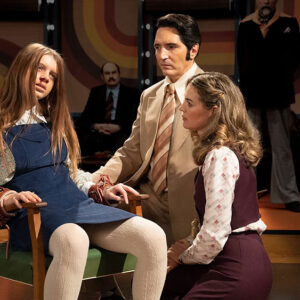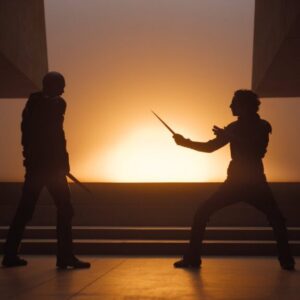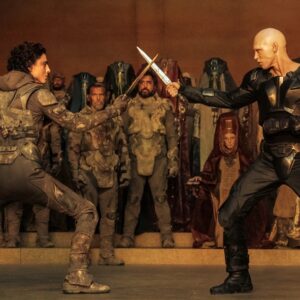The Real Cloverfield Paradox: Who Will Stop J.J. Abrams?
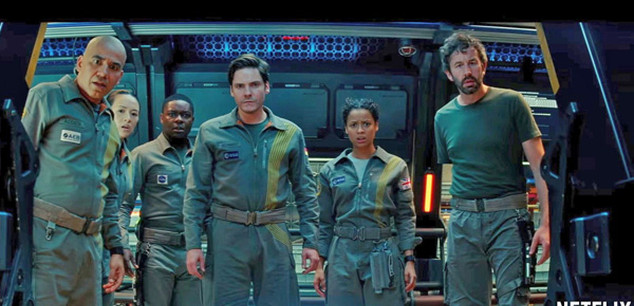
I wasn’t going to write a review of the new Netflix movie The Cloverfield Paradox, but the more I think (and fume) about it, I can’t help myself. Sort of how J.J. Abrams can’t help himself from ignoring (or actively hating) actual science.
First off, a warning — this review will have spoilers.
There is almost no chance that The Cloverfield Paradox could have been anything like a good movie, since it was well into production when the decision was made to make it a movie in the Cloverfield universe. I think the shooting title of God Particle was actually the title until it was crammed into the Cloverfield series. This was accomplished by having the otherwise wonderful Donal Logue spend a few minutes of screen time as a ranting crackpot author who wrote a book called “The Cloverfield Paradox” that says the particle accelerator being tested on the Helios space station could rupture space and time if it works. That’s it folks.
The cramming of a Cloverfield label on the movie is nowhere more obvious than the fact that uniforms and equipment have the label Helios all through the movie, but on a couple of occasions characters on the station call it the Cloverfield station and some labels on the station say Cloverfield. Why, if the only use of that name they have is from a crackpot book they all dismiss? Current speculation on the Internet is that Helios became a “project” being run on the renamed Cloverfield station, and the labels were placed there for reshoots.
Seriously, the only connection to the Cloverfield universe is that ridiculous cramming of the name into the movie, a lingering shot of a Slusho! drink cup on the station, and the tacked-on story line of a crew member’s husband fleeing the destruction of (allegedly) the monster from the original movie. Now, after three movies it is clear that the only things they share are aliens attacking Earth in some fashion, and the name Cloverfield in the title. (Yes, I am aware of the tiny incidental connections presented in the ARG content around the movie. That’s not how you make a movie that makes sense.)
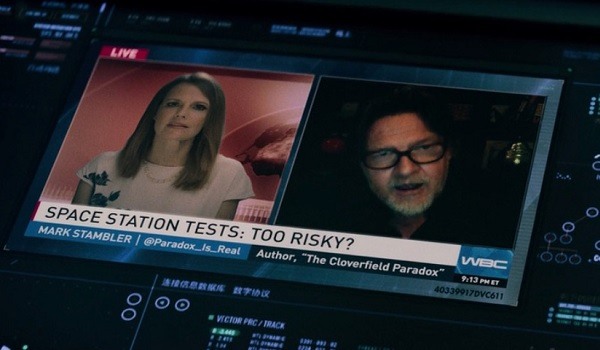
Not that the original movie God Particle would have been much better. In this movie you will find elements from previous films so obvious you can’t call them inspiration — Alien, Life, Interstellar, Event Horizon.
The core science fiction concept was clearly inspired by the concern that some fringe thinkers expressed when CERN in Switzerland spun up the Large Hadron Collider to prove the existence of the Higgs Boson, called the God Particle. Not only did the LHC not end the world as even thinkers like Stephen Hawking suggested might be possible, but in 2012 it confirmed a particle with some of the proposed characteristics of the Higgs Boson. Research continues right now.
In The Cloverfield Paradox, the Shepard accelerator at one end of the tower-like space station is being used to create energy which apparently would be beamed down to Earth via a high-intensity microwave beam. Since research is still happening in this type of fusion power (called a tokamak fusion generator), the movie gets kudos for incorporating the two ideas of a tokamak and the power of the LHC into a research so dangerous it can’t be done on Earth. Neat (if economically silly) science fiction mashup.
Then whoever designed the station itself threw science inspiration out the airlock.
The station rotates around its long axis — Shepard ring at the top (i.e. away from Earth), a long spine and what seems to be the microwave emitter at the bottom, aiming at Earth. Along that spine are three smaller rotating rings attached perpendicularly, sticking out like shelf mushrooms off a tree trunk. They rotate counter to the station’s rotation, and much more rapidly. Assuming the counter-rotational forces don’t tear the long, thin spine of the station apart (we have to or no movie), it is clear the rotating sections are crew habitats. The main character Ava Hamilton (played wonderfully by Gugu Mbatha-Raw) is first seen on the station asleep in her quarters as a circular window shows the station spine whipping by again and again.
But the reason for rotation is artificial gravity. Centrifugal force flings you out toward the outside of a doughnut-shaped ring. That makes the outside surface the floor, and the the ceiling is toward the hole in the middle of the spinning doughnut — well it would if Abrams and the rest of the people involved in The Cloverfield Paradox cared one whit about science. Consistently in this movie, the characters walk around in Earth-normal gravity against the direction of spin. What should be the wall in Hamilton’s quarters is the floor, and what should be the floor is a wall with a window big enough for her to use as a recliner.
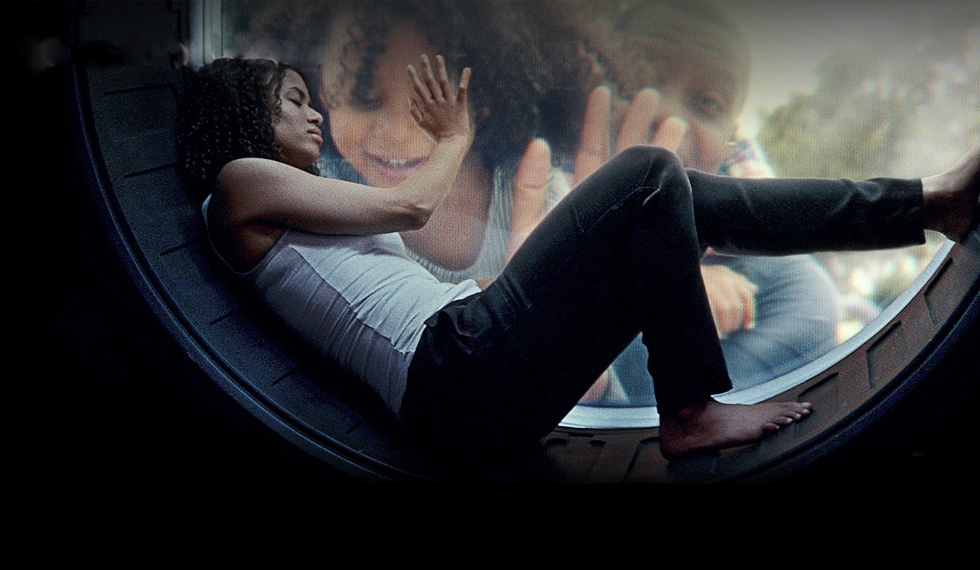
The classic 2001: A Space Odyssey gets this right, showing Bowman running along the curved floor of the habitat ring on the Discovery, as he passes again and again, the food station, the work station and the sleep pods. Also getting this mostly right is about a dozen or more Japanese anime series, some dating back decades (the Gundam series).
This disregard for basic science is typical of J.J. Abrams’ attitude: If it it contradicts what I think would be cool, ignore it. Like Spock being able to see Vulcan destroyed from light years away as though it was a moon of the planet he was on, in Abrams’ Star Trek. Or from the same film, a sphere of the red matter a meter across causing a black hole in Earth orbit that doesn’t affect Earth, when a drop the size of a pea completely ate Vulcan from the inside. And don’t get me started on the Starkiller base destroying the Resistance worlds from light years away, and again, everyone being able to see it happen in real time as though they were all moons of the planet they were on, in Star Wars: The Force Awakens.
Someone really needs to tell Abrams that if you are making a science fiction movie, you can’t ignore science.
Now, Abrams may not be responsible for all the problems with The Cloverfield Paradox. As I said, it was already written and into production when it became a Cloverfield movie. The director Julius Onah, however, does a decent job with the story he has, and the cast is very solid. In addition to Mbatha-Raw, it has David Oyelowo (Interstellar, Selma), Daniel Brühl (Inglorious Basterds, Captain America: Civil War), Chris O’Dowd (The IT Crowd, Thor: The Dark World), Zhang Ziyi (Crouching Tiger, Hidden Dragon, The House of Flying Daggers) and more. Oyelowo is commanding, Brühl is intense and O’Dowd is funny, as you would expect them to be.
And The Cloverfield Paradox needs serious kudos for being a movie directed by a person of color, starring two black actors in the two lead command roles of the station. If you are interested in seeing what representation looks like in a major movie with a diverse cast, this is a good example. Just don’t expect a good movie as well.
The Cloverfield Paradox (Paramount Pictures, Netflix: TV-MA: 1hr, 42min) 2 out of 5 stars.

